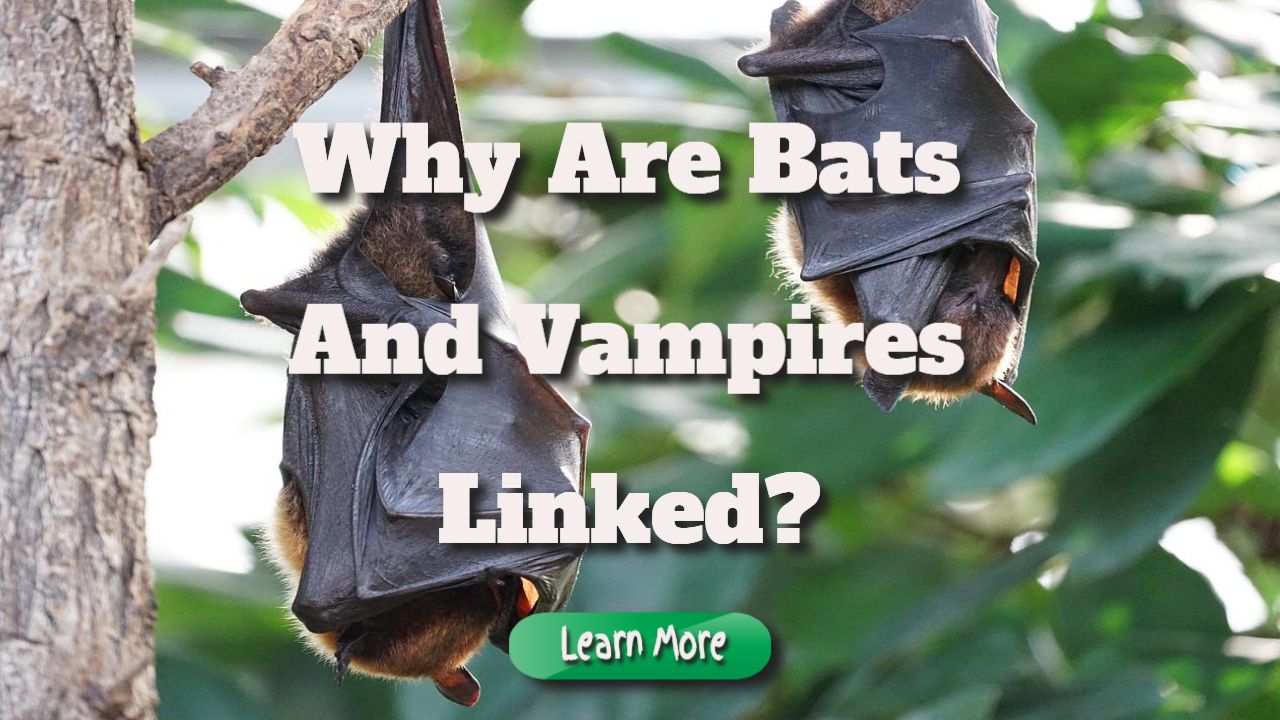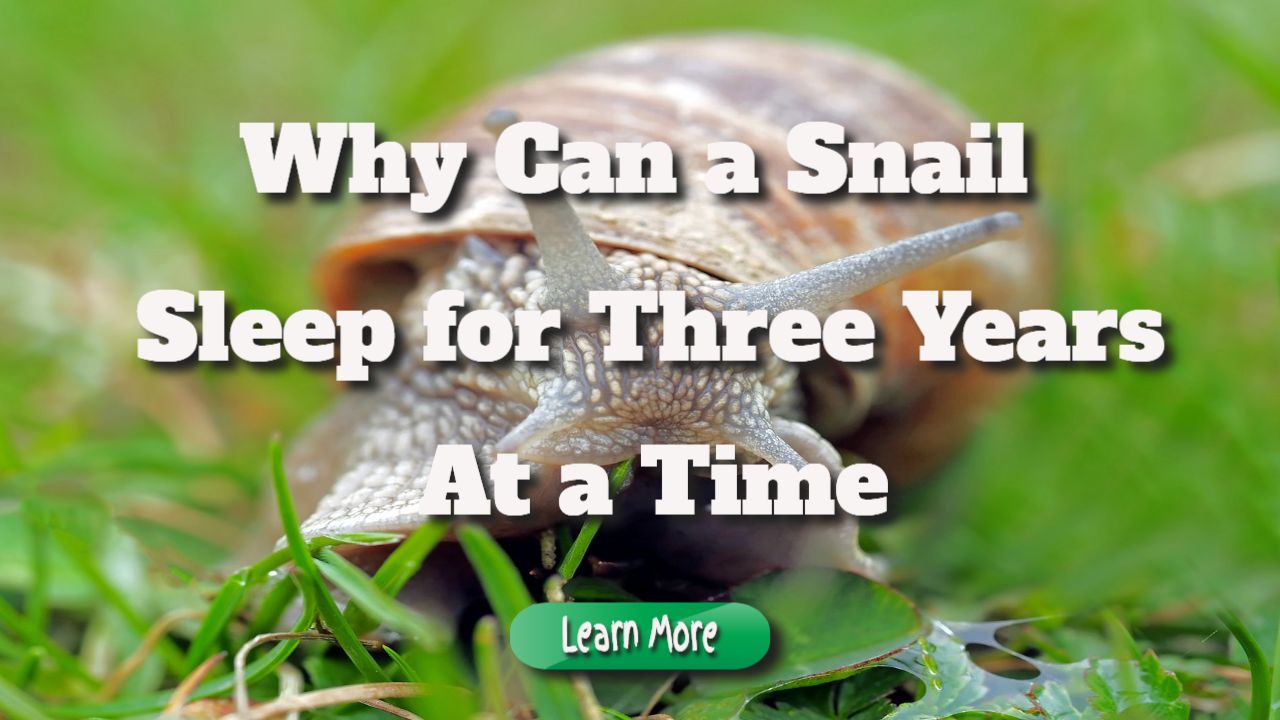Why Is Conserving Bees so Vital for People and the Environment?
Contents
Why Is Conserving Bees so Vital for People and the Environment?
Why Is Conserving Bees so Vital for People and the Environment?: Bees are among the most amazing organisms on the planet, with silky beauties barely more significant than a marble pollinating with pollen.
The buzz and buzz through your garden or an apple orchard, leaping from bloom to flower and sticking their heads into the petals, searching for nectar and pollen.
In turn, bees assist flowers by transferring pollen, which is called pollination. Many plants would be unable to pollinate without the help of bees and other pollinators. As a result, the bee and blossom benefit from one another’s reproduction and success.
Bees pollinate various crops. Butterflies, moths, and other insects pollinate, but bees provide pollination services valued at billions of dollars to farmers worldwide.
Many of the world’s food crops rely on insect and animal pollination, and pollinators are critical for the growth of many different fruits, nuts, and berries.
Around 70 crops in the United Kingdom rely on or benefit from bee pollination.
Farmers rely on honeybees, wild bees, and bumblebees for pollination. Manual crop pollination costs UK farmers £1.8 billion per year if wild bees disappear.
Of course, pollinating trees and crops would be laborious and expensive for farmers and gardeners. Still unfortunately, this is currently the case in some parts of China where natural pollinators have disappeared.
There Is No Strategy
The more pressing concern is whether we could attain the same productivity as the industrious bees if we had to undertake pollination by hand in the UK.
According to research, honeybees used to supply 70% of the pollination service in the UK but are now only capable of providing 34% of our pollination needs.
Wild pollinators such as bumblebees and hoverflies are now filling this void.
It’s frightening to think about a food system without bees, but that’s where we’re headed if we don’t focus on avoiding toxic pesticides and finding ways to lessen varroa mite infections.
Many bee species are declining, while some bumblebee and solitary bee species have not declined and are doing well.
These are generally bee species that do not rely on specific flowers for pollen but can collect pollen from various sources.
Other Advantages
The benefits of bees are typically quantified in terms of the items they produce. The most well-known product is, of course, honey. Bees acquire nectar or honeydew from flowering plants and store the liquids in their honey stomachs.
The crop is stored in honeycombs in the hive, where the bees process and dry it. Honey can only be gathered up to four times a year when the water content is less than 18%.
The beekeeper uses a honey extractor to gather the honey. The honeycombs are first removed from their frames and placed in a honey extractor.
The honey extractor’s centrifugal force extracts the honey from the individual cells without harming them. The combs are then returned to the hive by the beekeeper.
The honey that comes from the extractor is collected in a container and filtered several times through a sieve to ensure it no longer contains wax or propolis residue (bee glue).
The honey is then placed into honey jars and allowed to sit for a few days for air bubbles and minute wax particles to float to the surface.
The Bee Colony’s Healing Power Has Increased
Another bee product is wax, mainly used as a natural product in the cosmetics and pharmaceutical industries. It is a substance released by the honey bee glands.
Bees use the wax to construct honeycombs. The beekeeper removes old, brown combs and melts them down to remove contaminants.
The wax is now bright and pure and is poured into new honeycomb centers before being returned to bee colonies or recycled in different ways. Beeswax is a valuable raw material that may be used to produce beeswax candles, among other things.
One candle requires the wax of an entire beehive. Beeswax candles emit a mellow glow and fill the atmosphere with a lovely aroma.
Pollen
Pollen is another well-known product. Pollen is produced by all plants, which the bee collects when visiting flowers, enriches with nectar, and brings to the hive. A single bee colony collects between 30 and 60 kg of pollen every year.
Beekeepers use a pollen trap at the hive’s entrance to capture pollen. Pollen is frequently used as a dietary supplement.
Vitamins, minerals, and proteins are all found in pollen. It boosts the immune system and boosts mental performance.
Glue for bees
Another essential bee product is bee glue, often known as propolis. Bees collect resin from various trees and transport it to the hive for sealing, protecting themselves from pathogens and fungi.
A bee colony can gather 50 to 500 grams of resinous material per year. Many treatments contain propolis.
It is a natural antibiotic since it reduces inflammation and boosts the immune system. The active ingredient is accessible in pill form, as a medical ointment, lotion, or herbal drink for humans.
The Royal Jelly
On the other hand, Royal jelly is probably the most valued bee product. It can only be made by young worker bees using honey, pollen, and their glandular secretions.
Only the queen bee may consume royal jelly, which increases her life expectancy by 50 times that of her colony.
As a result, the queen bee signifies vigor, performance, and strength. Royal jelly is utilized in both the cosmetic and pharmaceutical industries.
It has an energizing impact and can be used as a natural cure for viral illnesses.
It’s no secret that bees in the United Kingdom are in jeopardy.
Thirty-five species are threatened with extinction in the United Kingdom alone, and all are seriously threatened by pesticide misuse, habitat degradation, and various severe illnesses.
There is good news in that we can all support our wonderful bees.
Our activities all have an impact. We can build a brighter future for bees by practicing more sustainable farming, growing, and eating, where natural habitats abound and farmers don’t have to rely on pesticides for pest management.





Your exploration of the vital role bees play in our ecosystems and agriculture resonates deeply with what many of us have begun to appreciate—namely, the intricate interdependence between various species and the environments they inhabit. As you’ve rightly pointed out, the process of pollination by bees not only facilitates the reproduction of flowers but also supports global food security. This is particularly striking when we consider that some estimates suggest that nearly one-third of the food we consume relies on pollinators.
Your discussion on the importance of conserving bees is timely and vital, and it brings to light an often-overlooked aspect of our interaction with nature. The intricate relationship between bees and the numerous plant species they pollinate truly underscores the interconnectedness of ecosystems. I can’t help but reflect on how this relationship has wider implications for agriculture, biodiversity, and even our health.